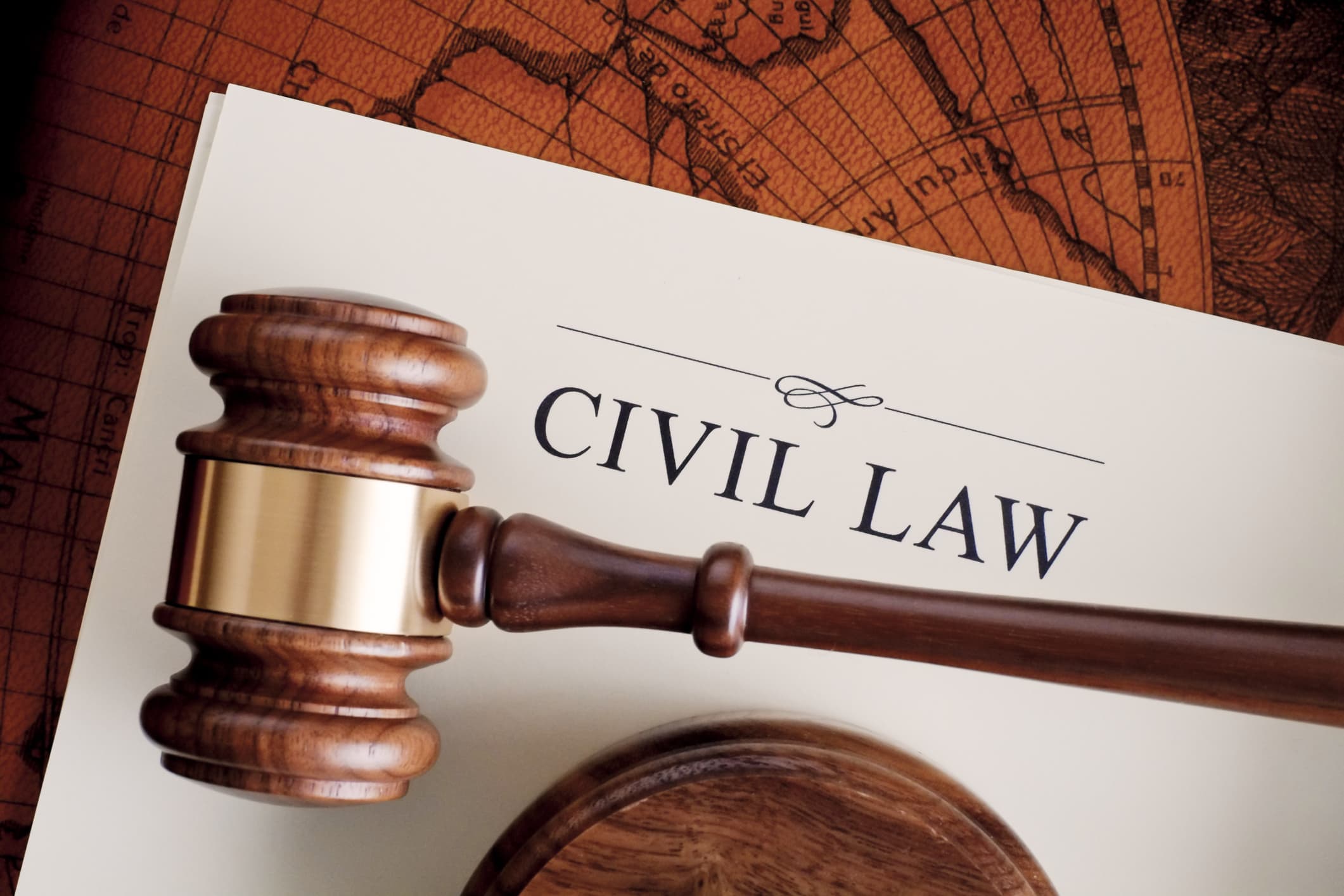Bringing a Claim
The plaintiff drafts a statement of claim, which explains and outlines the material facts on which the plaintiff will rely on.
Once brought forward, the court will then issue the statement of claim.
After being brought forward, the plaintiff serves the statement to the defendant and files an affidavit with the court confirming they have done so.
Defending a Claim
The defendant will then prepare a statement of defence. The defendant will then file a copy of the defence with the court after serving it on the plaintiff.
The defendant has the option to counterclaim again the plaintiff, crossclaim a co-defendant or make a claim again a third-party.
Discovery
The discovery process allows the parties to create and collect additional evidence in support of their cases. This time is also used to learn the strengths and weaknesses of the other parties’ case.
A party has the right to serve a notice of examination which requires a person of the opposing party to present themselves at a time and place to answer questions under oath. This is then recorded and added to the case.
This process is generally only an examination of the parties involved but there may be times when third parties are examined as well.
Mediation
This is only applicable for actions in Toronto, Ottawa, Essex County (Windsor). A private mediation must be completed prior to taking the steps to have an action Noticed For Trial. This is to try and come to a solution before the case goes to trial.
Setting an Action Down
After the discovery process has been completed, a trial record must be filed with the court. The trial record contains the pleadings, any jury notices, along with the other documents required by Rule 48.03. In some areas, the Registrar places cases on the appropriate trial list, whereas in other locations, trial dates are fixed by a judge in assignment court.
Pre-Trial Conference
The parties must attend a pre-trial conference before a judge or court officer to attempt to settle the case or narrow the issues.
Trial
Both the plaintiff and the defendant make opening statements, as well as both party’s witnesses, are examined and cross-examined.
Following the examination, the closing statements are given along with any reply (where permitted). In the event the case is involving a jury, the judge reads the jury instructions. Once a verdict is decided upon the jury reads the verdict. Lastly, the Judge addresses any motions made post-verdict.
Appeal
If a party feels as though the verdict is incorrect and not in correspondence with the law, they may have the opportunity to appeal. Although this is not a very common occurrence, there is the opportunity to do so. In order to proceed with an appeal, there must be an error in law or an error in fact. A party cannot simply appeal because they do not like the decision.
If you are litigating at any level of court in Ontario you should have legal representation. The lawyers, clerks and articling students at Epstein & Associates are available for a free initial consultation to discuss your case and the merits of proceeding with representation in or out of court.
